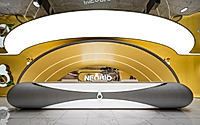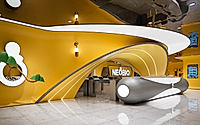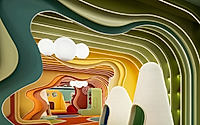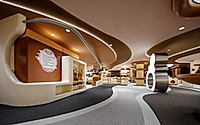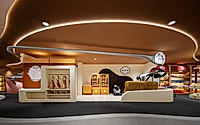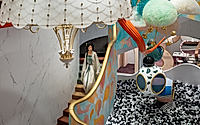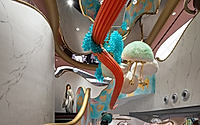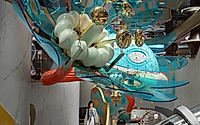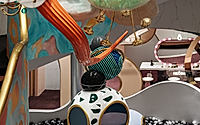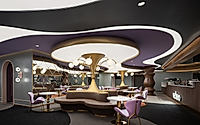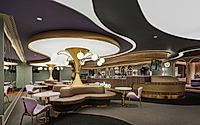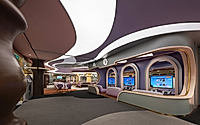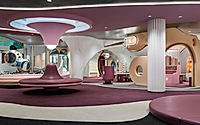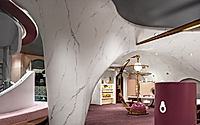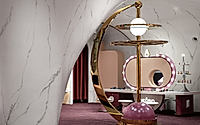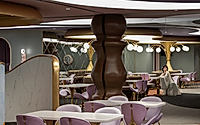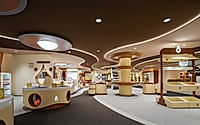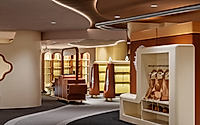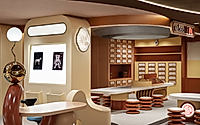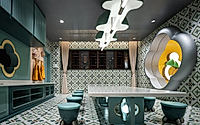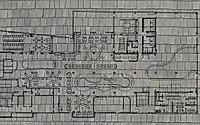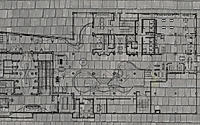NEOBIO Garden: Shanghai’s Parent-Child Wonderland by PIG Design
PIG Design‘s NEOBIO in Shanghai’s historic Yu Garden district masterfully blends traditional Chinese aesthetics with modern, child-friendly design. This eclectic space, designed for parent-child interaction, captures the essence of cultural heritage while offering a contemporary twist.

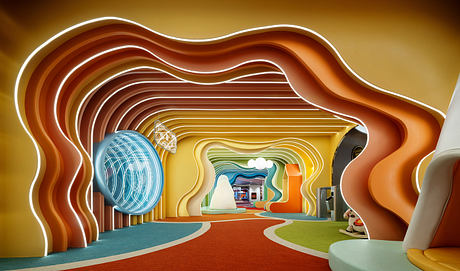
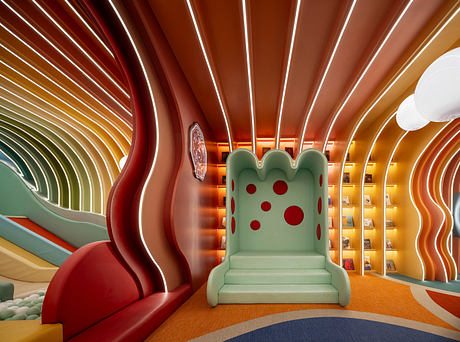
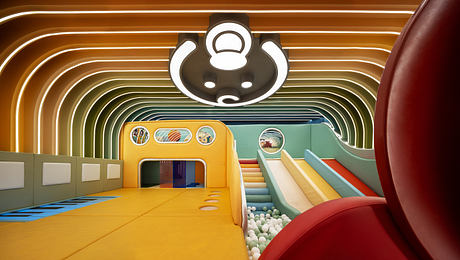
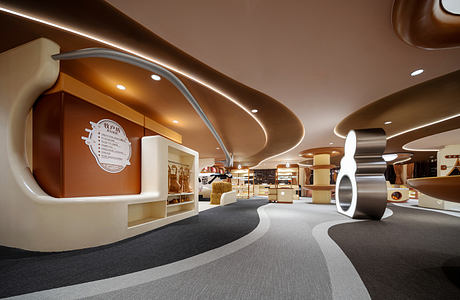
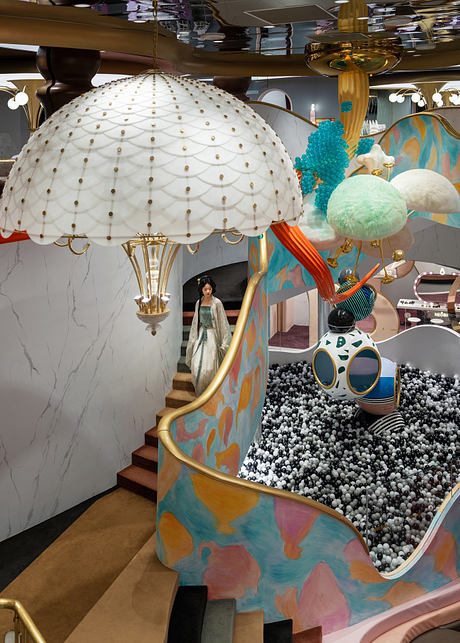
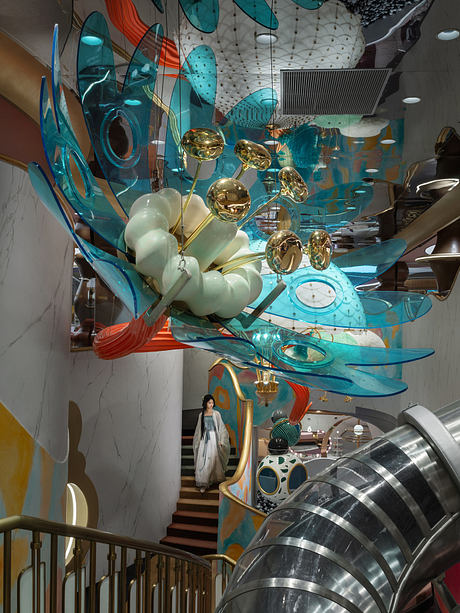

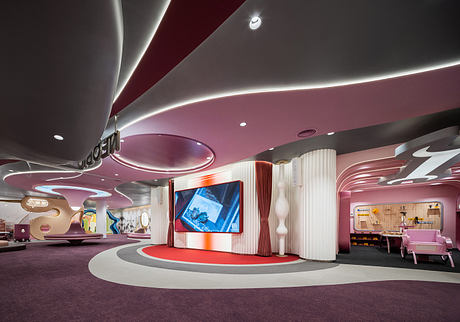
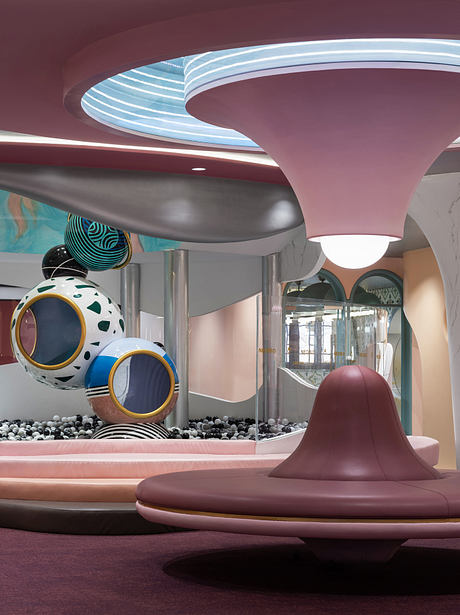
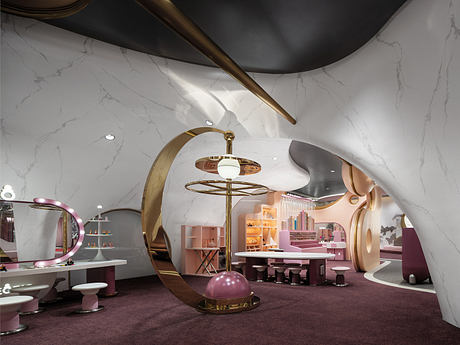
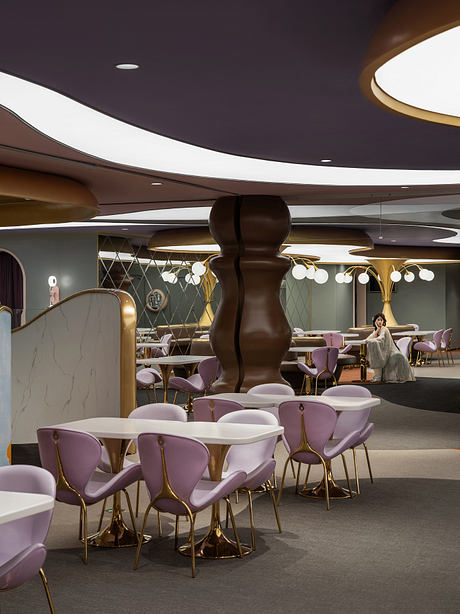
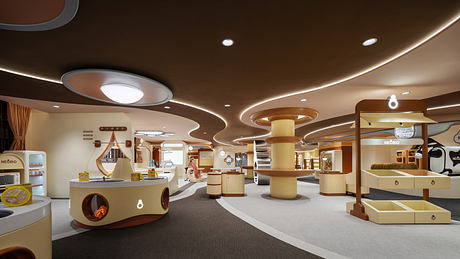
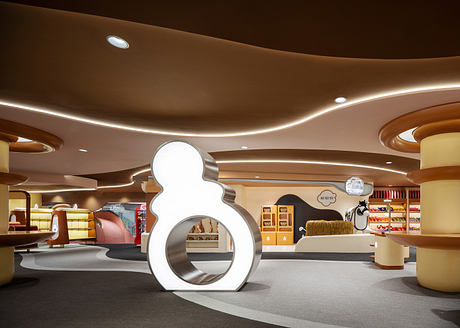
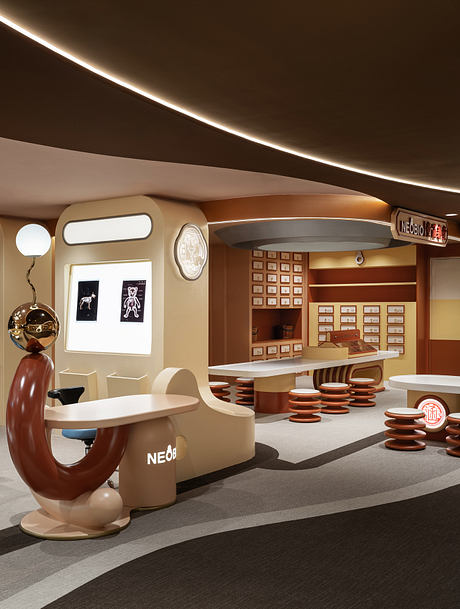
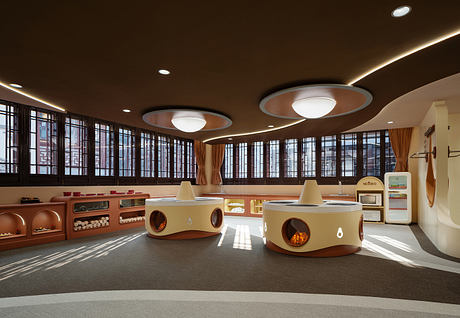
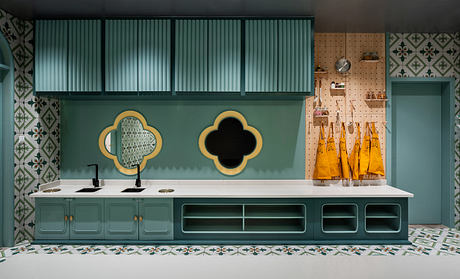
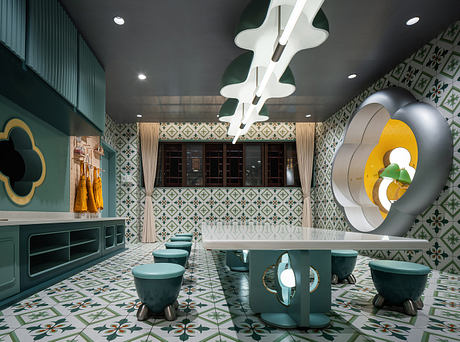
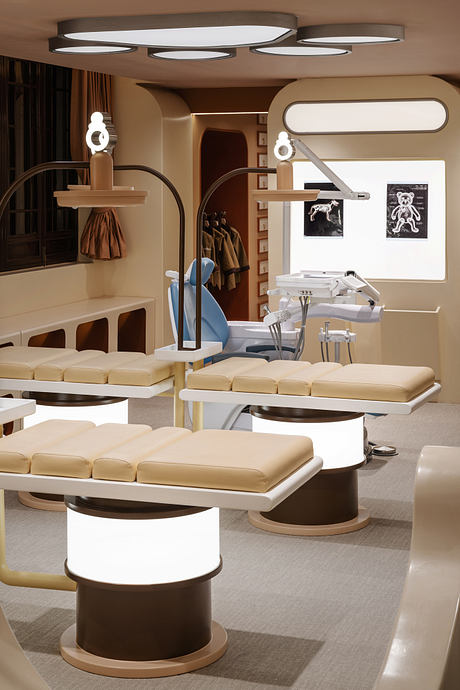
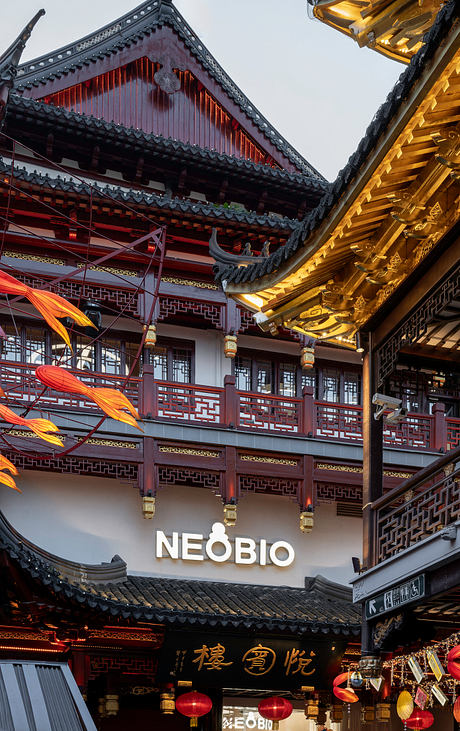
About NEOBIO
PIG DESIGN, committed to “saving the city with cuteness,” has created over ten unique parent-child wonderlands for NEOBIO in various cities over the past four years.
NEOBIO’s New Space in Yu Garden
The new NEOBIO location in Shanghai’s Yu Garden neighborhood stems from a deep collaboration between NEOBIO and PIG DESIGN. This partnership builds on their previous successful projects. The space integrates an Oriental garden-inspired design, revitalizing the historic area and contributing to its development.
Fusion of Tradition and Modernity
Shanghai blends the old with the new, showcasing diverse cultures. Yu Garden, in bustling downtown Shanghai, exemplifies this fusion. Traditional architecture, like interlocking Dougong wooden brackets, contrasts with the high-rises of Lujiazui CBD. Yu Garden, dating back over 460 years, retains a rich cultural heritage harmonious with nature. This project draws design inspiration from Yu Garden’s history, originally built during the Ming Dynasty by Pan Yunduan for his parents.
Creating a Parent-Child Space
The project transforms a parent-child space, reflecting the ancient filial story of Yu Garden. It honors the local context with varied perspectives and a diverse color palette. The design unfolds micro-garden scenes, resembling an oriental scroll painting.
A Unique Design Experience
Located in Yuebin Building, an iconic structure in Yu Garden Commercial Hub, the space spans nearly 5,000 sqm (53,820 sq ft). An escalator guides visitors into NEOBIO’s two-floor area, which aligns with the building’s scale and narratives. This design enriches the Yu Garden Commercial Hub’s cultural positioning.
Blending Reality and Imagination
Chief designer Li Wenqiang merges art with design, incorporating traditional Chinese paintings and gardens. The front desk, inspired by traditional pavilions, connects traditional culture with contemporary context. The brand’s logo integrates bonsai-inspired elements and traditional carvings, inviting visitors on an immersive journey. The space uses dark and light tones, ancient-style lighting, and an Oriental color palette to create a transportive experience.
Dynamic and Static Rhythms
In the purple Hanfu dressing area, circular structures symbolize “hourglass,” encapsulating past and future. The atrium features a zigzag staircase and hanging umbrella installation, reinterpreting Yu Garden’s elements. These designs breathe life into the site’s cultural heritage. Art installations, inspired by Taihu stones, depict abstract imagery of mountains and stones, evoking a garden within a garden.
Harmonious Diversity
The space’s fluid circulation intertwines various areas, blending play and education. NEOBIO collaborated with Tonghan Chuntang to introduce a pharmacy-themed area, where customers craft small sachets with medicinal herbs. In the culinary zone, customers learn to make Nanxiang Steamed Buns and other local snacks. These activities foster children’s curiosity about Chinese culture.
Respecting the Spirit of the Place
The project respects the spirit of Yu Garden with human-oriented design. Over two years, nearly 4,000 renderings underscored the project’s complexity. Regulations required preserving facade structures, and innovative solutions addressed floor height restrictions. The space uses eco-friendly materials like timber and PVC flooring. Child-friendly furnishings with rounded corners and anti-slip protection enhance safety. The design maximizes functional systems, catering to the needs of parent-child interactions.
Photography by Qi Shuoqian
Visit PIG Design
- by Matt Watts